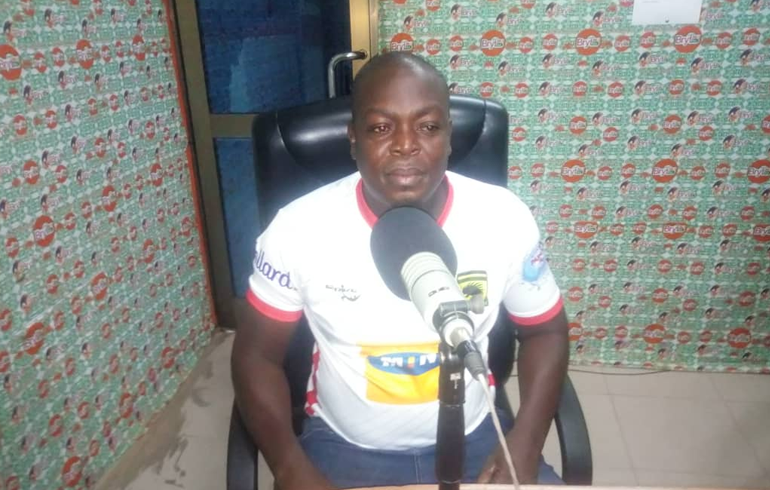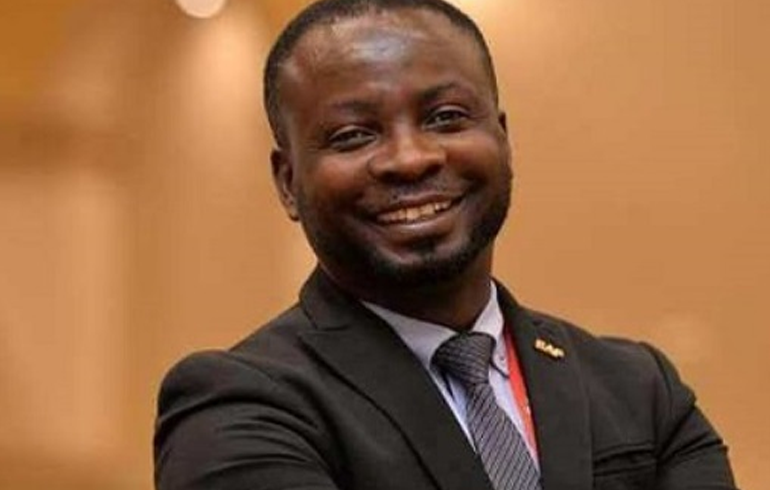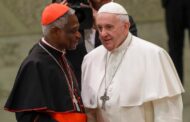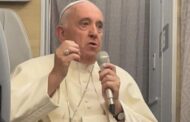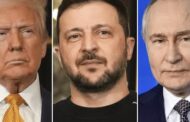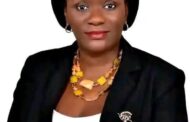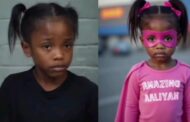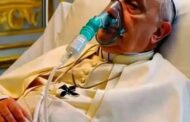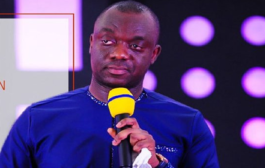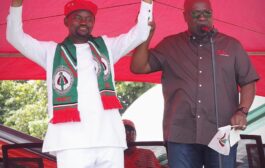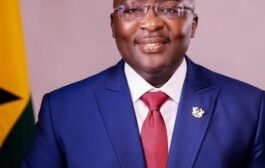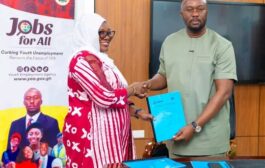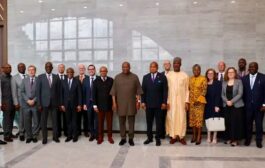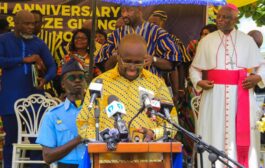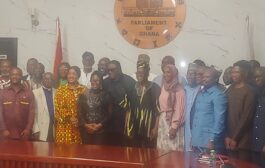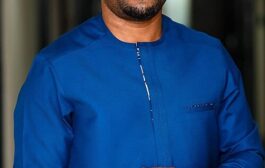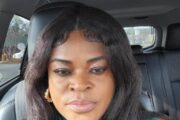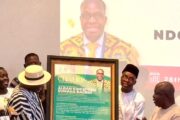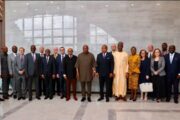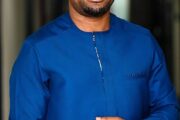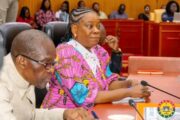A police station in Minneapolis has been set alight during a third night of protests over the death of an unarmed black man in custody on Monday.
A police officer was filmed kneeling on the neck of George Floyd, 46, despite him saying he could not breathe.
President Donald Trump said “thugs” were dishonouring his memory and called on the National Guard to restore order.
Twitter accused Mr Trump of glorifying violence in a post that said: “When the looting starts, the shooting starts.”
Mr Floyd’s family have demanded that the four police officers implicated in his death face murder charges. Prosecutors have said they are still gathering evidence.
The incident has added to longstanding anger over the police killings of black Americans, including the recent case of Breonna Taylor in Kentucky.
There have also been demonstrations in other US cities, including New York, Los Angeles, Chicago, Denver, Phoenix and Memphis.
What happened on Thursday night?
The last few days have seen buildings in Minneapolis burned to the ground or looted.
On Thursday, protesters gathered outside the police department’s 3rd Precinct, which is near where Mr Floyd died and has been the epicentre of the unrest.
Officers fired tear gas and rubber bullets in an attempt to disperse the crowd. But the cordon around the police station was eventually breached by protesters, who set fire to it and two other nearby buildings as the officers withdrew.
The police department said the 3rd Precinct was evacuated shortly after 22:00 “in the interest of the safety of our personnel”.
Later, the city government tweeted that it had heard “unconfirmed reports that gas lines to the 3rd Precinct have been cut and other explosives materials are in the building”. It urged people near the building to retreat for their own safety.
At a news conference early on Friday, Minneapolis Mayor Jacob Frey said there had been no choice but to evacuate the police station.
“The symbolism of a building cannot outweigh the importance of life, of our officers or the public. We could not risk serious injury to anyone and we will continue to patrol the 3rd Precinct entirely.”
Mr Frey called the rioting and looting “unacceptable”, but he added that he and everyone else recognised there was “a lot of pain and anger” in the city.
He spoke after a tweet from President Donald Trump blamed Thursday’s violence on a “lack of leadership” in Minneapolis and warned that he would send in the National Guard and “get the job done right” if Mr Frey failed to restore order.
National Guard personnel are normally under state control, although they can be put under federal control in emergencies.
Mr Trump also tweeted: “Any difficulty and we will assume control but, when the looting starts, the shooting starts.”
Twitter subsequently placed a “public interest notice” on the message.
The company said it “violates our policies regarding the glorification of violence based on the historical context of the last line, its connection to violence, and the risk it could inspire similar actions today”. It added that it did not remove the tweet “given its relevance to ongoing matters of public importance”.
Twitter flagged two of the president’s posts as potentially misleading earlier this week, prompting him to issue an executive order seeking to limit the legal immunity of social media firms.
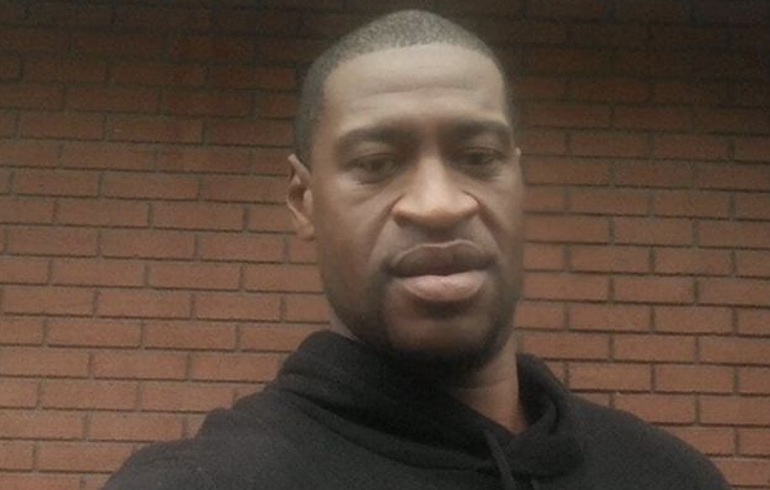
Before the police station was set ablaze, Minnesota Governor Tim Walz had activated the state’s National Guard troops at the request of the mayors of Minneapolis and the neighbouring city of St Paul, declaring the situation a “peacetime emergency”.
He said the looting, vandalism and arson of Wednesday night had resulted in damage to many businesses, including ones owned by minorities.
“George Floyd’s death should lead to justice and systemic change, not more death and destruction,” he said in a statement, calling on all protests to remain peaceful.
The protests began on Tuesday afternoon, when hundreds of people came to the intersection where the incident had taken place.
Organisers tried to keep the protest peaceful and maintain coronavirus social distancing, with demonstrators chanting “I can’t breathe” and “It could’ve been me”.
During the second night of demonstrations on Wednesday, the crowd grew into the thousands, with protesters pelting police with stones and throwing back some throwing tear-gas canisters.
There was a stand-off outside the 3rd Precinct, where officers formed a barricade to prevent protesters gaining entry.
What has been the reaction?
Mayor Frey called on Wednesday for criminal charges to filed against the policeman who was filmed pinning down Mr Floyd. The officer and three others involved in the arrest have already been fired.
Mr Floyd’s brother, Philonise, told CNN on Thursday: “I’m never gonna get my brother back,” he said. “We need justice.”
Speaking through tears, he said the officers who “executed my brother in broad daylight” must be arrested and that he was “tired of seeing black men die”.
United Nations human rights chief Michelle Bachelet has also condemned Mr Floyd’s death, saying the role of “entrenched and pervasive racial discrimination” must be recognised and dealt with.
She called for protesters to act peacefully, and for police to “take utmost care not to inflame the current situation even more”.
President Donald Trump “was very upset” when he saw the footage of Mr Floyd’s death, White House press secretary Kayleigh McEnany told reporters on Thursday. “He wants justice to be served,” added.
A number of celebrities and athletes, including John Boyega, LeBron James, Beyonce, and Justin Bieber, have also expressed outrage over the incident.
The incident echoes the case of Eric Garner, who was placed in a police chokehold in New York in 2014. His death became a rallying cry against police brutality and a catalyst in the Black Lives Matter movement.
What happened to George Floyd?
Officers responding to reports of the use of counterfeit money approached Mr Floyd in his vehicle on Monday.
According to police, he was told to step away from the car, physically resisted officers and was handcuffed. The police statement noted his apparent “medical distress”.
Video of the incident does not show how the confrontation started.
A white officer can be seen using his knee to pin Mr Floyd to the ground by the neck as Mr Floyd groans “please, I can’t breathe” and “don’t kill me”.
The city has identified the four officers involved as Derek Chauvin, Tou Thao, Thomas Lane and J Alexander Kueng.
Local media have named Mr Chauvin as the officer seen with his knee on Mr Floyd’s neck.
The Minneapolis Police Officers Federation said the officers were co-operating with the investigation. “We must review all video. We must wait for the medical examiner’s report,” it said in a statement.
The Minnesota police handbook states that officers trained on how to compress the neck without applying direct pressure to the airway can use a knee under its use-of-force policy. This is regarded as a non-deadly-force option.
Source: BBC




